If your steering wheel is stiff and slow to respond, your power steering pump may be worn out. If you're wondering how long it will take to replace it, we've got you covered. We've done the research and have some helpful information to share.
An experienced mechanic can install a new power steering pump in one to four hours. The key factor affecting the replacement time is the accessibility of the power steering pump. Installation times will vary depending on the make and model of your vehicle.
In this article, you will learn all you need to know about replacing a power steering pump, including how long it takes. Keep reading to learn more.
How Long Does It Take To Replace A Power Steering Pump?
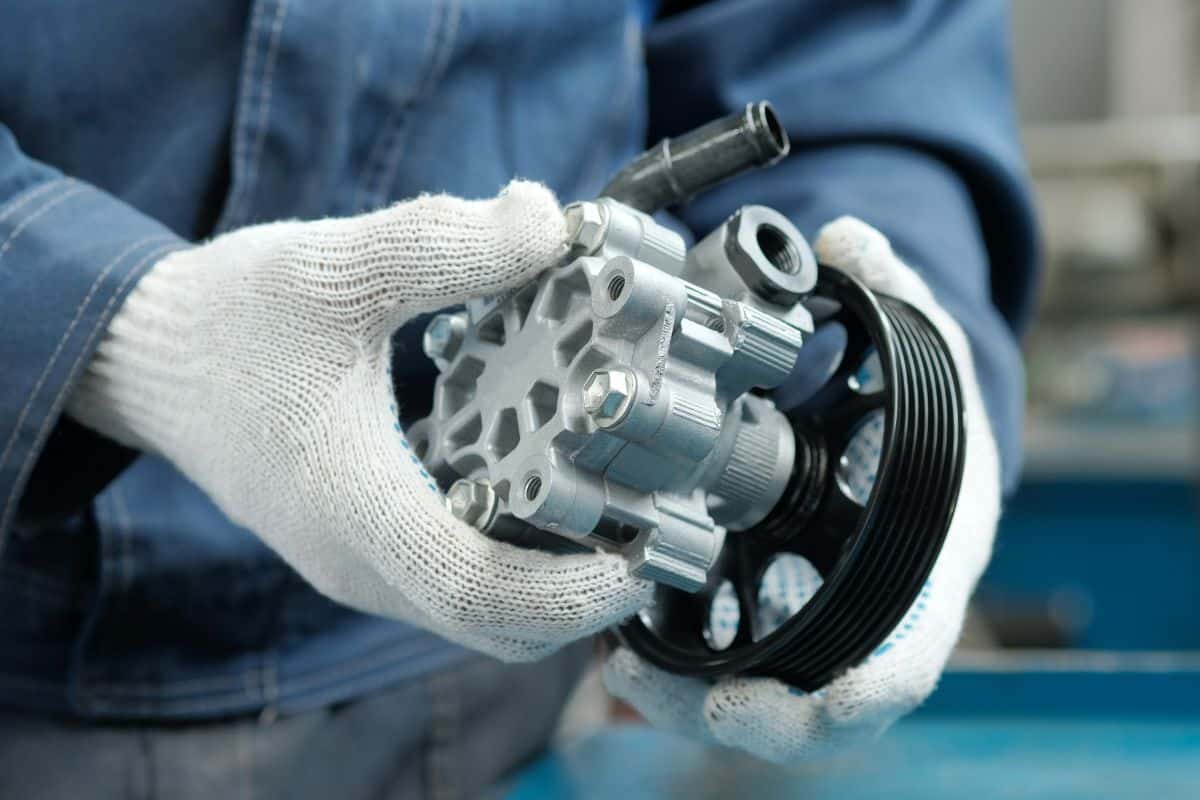
The ease or difficulty of accessing the power steering pump will determine how quickly the mechanic can replace it. Replacement could take a mechanic one to four hours.
An experienced mechanic will probably have done this many times on standard cars, but if you bring in a rare, luxury-brand car, the hours needed might be more than expected because the car could have an engine the mechanic has never encountered.
Typically, engines are longitudinally mounted or transversely mounted. Engines installed longitudinally are usually rear-wheel-drive. Rear-wheel-drive vehicles allow for the placement of other essential parts, such as the transmission and drive axles, in the bottom middle of the car.
This leaves ample room for a power steering pump in the hood and plenty of space for a mechanic to service it.
A transverse-mounted vehicle means the car is front-wheel-drive. Front-wheel-drive vehicles have an engine, transmission, and two drive axles, each competing for space in the front under the vehicle hood. As a result, a transverse-mounted engine bay can be very cramped.
Car makers make use of every inch available under a car's hood, and this can result in a power steering pump being designed to fit in an awkward position that's difficult for a mechanic to reach.
Power Steering Pump Replacement Procedure
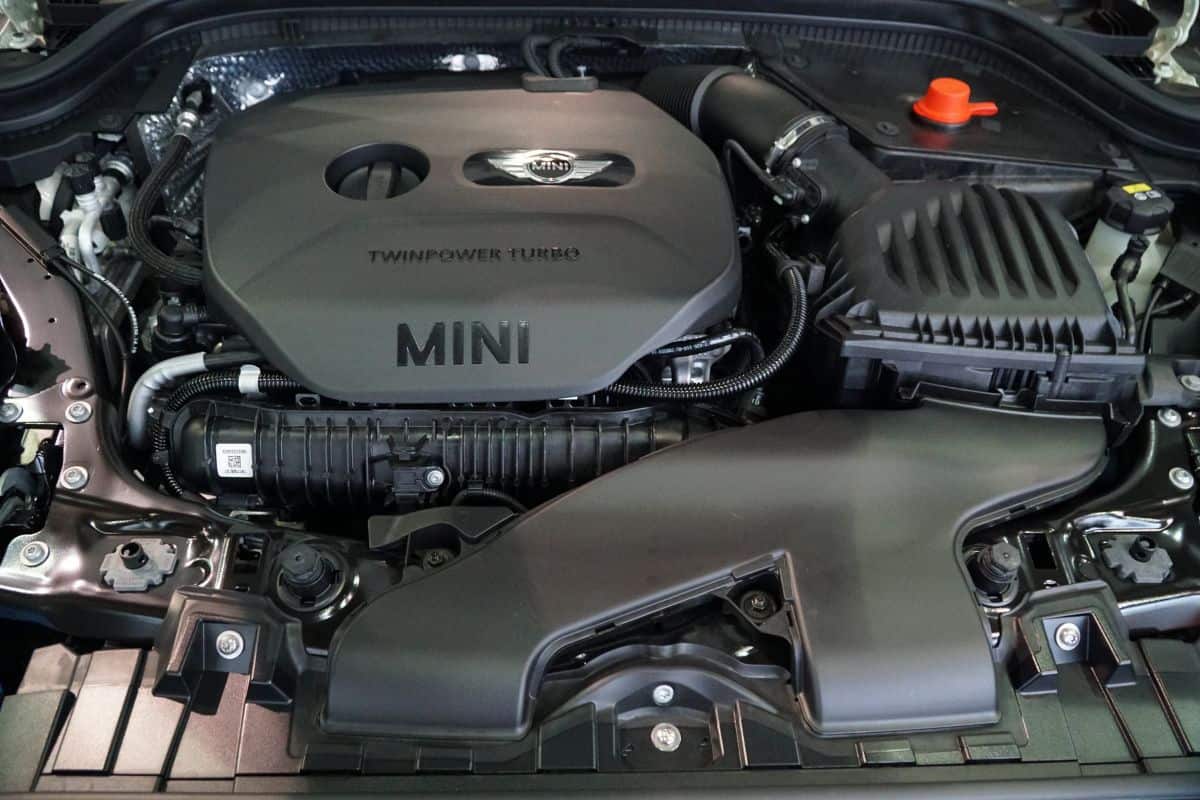
To replace a power steering pump, the mechanic will first disconnect the battery and then elevate the car with a hydraulic lift or jacks and jack stands.
The mechanic will gather all the needed parts and tools, including a new power steering pump, new power steering lines (high and low pressure lines), and a new belt and pulley. At least two or more quarts of power steering fluid should be on hand, ready to use for flushing and filling.
For tools, he will need a standard socket wrench set, an open-end wrench set, and a tool called a power steering pulley puller (to remove and attach the pulley).



See this power steering pulley puller and installer kit on Amazon
Steps In Replacing The Power Steering Pump
Once the engine is sufficiently cool, your mechanic will locate and identify the power steering pump and complete the following tasks:
- Remove the power-steering belt from the pump.
- Drain the power-steering fluid from the pump by either opening the drain plug or disconnecting the high pressure and low pressure lines.
- Remove the bolts connecting the pump to the mounting bracket.
- Remove the power steering pump pulley and the power steering pump.
- Install the new power steering pump. Using a torque wrench, the mechanic will tighten it to the mounting bracket to the specified ft/pd the vehicle manual recommends.
- Install a new power steering pump pulley and new high and low pressure lines to the pump.
- Connect the new power steering belt, adjusting the tension for a tight fit.
- Put power steering fluid in the new pump and top up the power steering fluid in the reservoir.
- Turn on the engine and let it run for a few minutes to allow the fluid to circulate in the new pump.
- Check whether the steering wheel is easy to turn both left and right.
- Check for any leaks.
- Perform a road test of at least 10 miles to stress-check it.
How Much Will It Cost To Replace A Power Steering Pump?
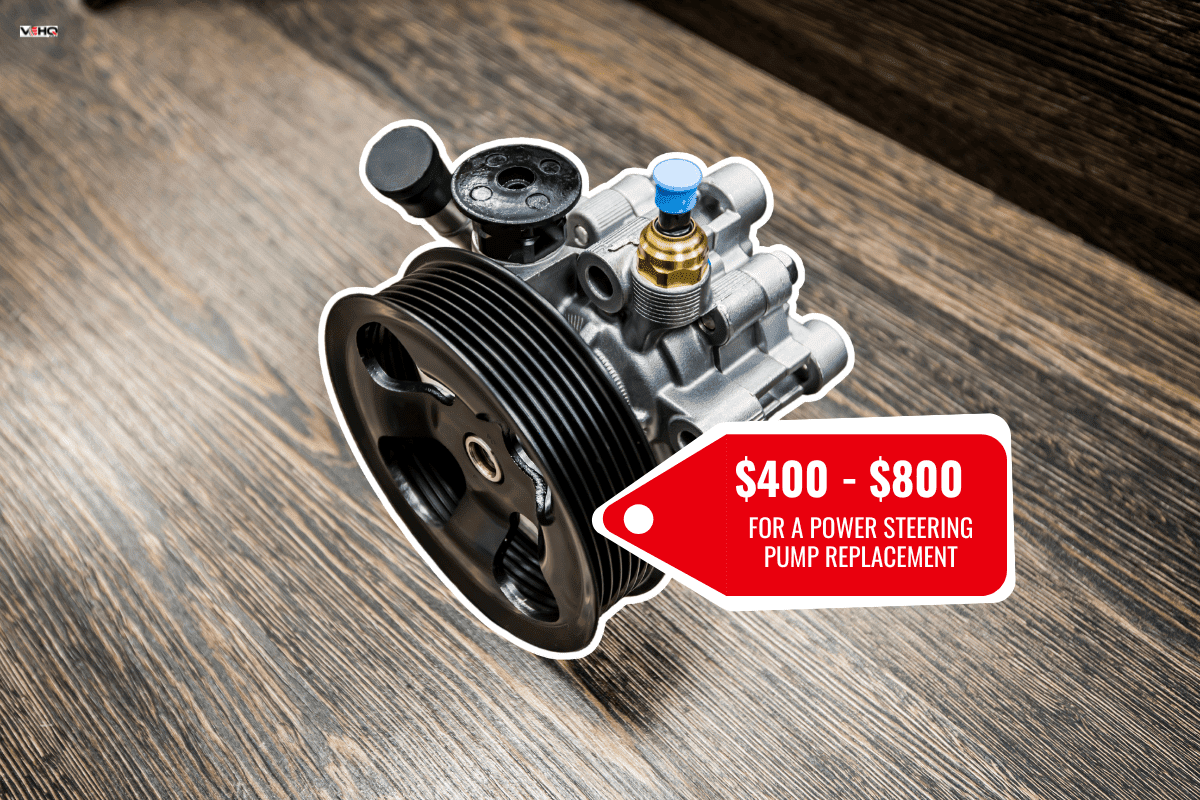
The costs will depend on the price of replacement parts and the labor costs at the repair shop. On average, you can expect to pay between $400 and $800 for a power steering pump replacement, but some models can be more expensive, especially if your car is a luxury brand.
Cost Of Parts
The costs of OEM replacement parts for a typical daily driver like a Honda CR-V are as follows:
- $425 for a Power Steering Pump
- $41 for a Power Steering Line
- $44 for a Power Steering Belt
- $29 for a Power Steering Pulley
- Labor Cost
Labor costs vary from state to state. Most shops bill by the hour, and the time it takes a mechanic to replace the pump determines the price. Easily accessible pumps will cost less to replace. Wrestling a pump out of a cramped engine bay will take longer and cost more.
Can A Power Steering Pump Be Repaired?
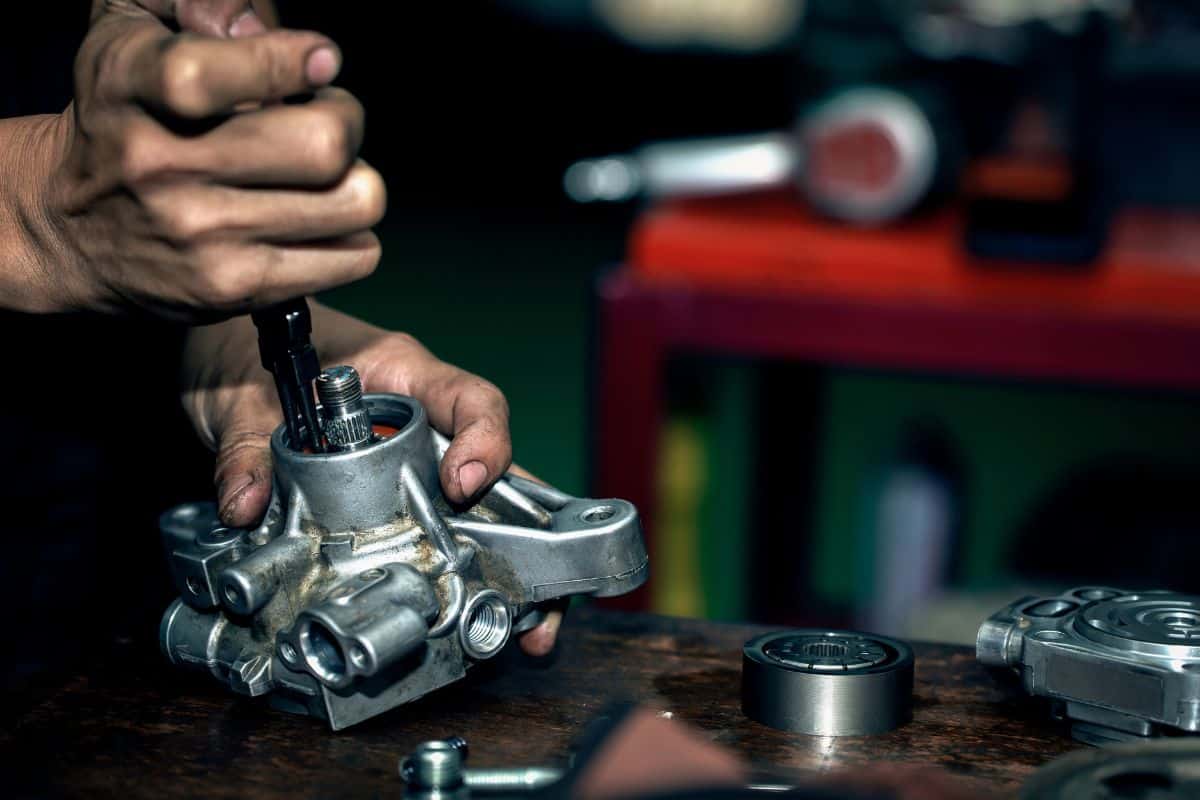
Yes, it can, and the repair can be so thorough that the pump is classified as reconditioned or re-manufactured and thus considered as good as new.
Automotive giant Mercedes-Benz even claims that its re-manufactured power steering pump will have a service life that's every bit as long as a new power steering pump.
It makes economic sense to have your power steering pump repaired. While new pumps can cost between $400 and $800, the average cost to repair a power steering pump is between $200 and $350, potentially saving half of what it would cost to buy a new one.


Check out this power steering fluid on Amazon.
What Causes Power Steering Pump Failure?
There are several reasons why a power steering pump can fail.
Neglecting Routine Maintenance
Most power steering pumps are designed to last at least 100,000 miles. However, if your odometer reads less than this, a number of things could have contributed to its early demise.
- Contaminated fluid: Power steering fluid absorbs water from the atmosphere over time. Water can cause corrosion in the power steering system, leading to leaks. If all the fluid leaks, the pump will seize due to overheating. Water in the fluid can promote the growth of bacteria and other contaminants, which can clog the system and cause the pump to fail.
- Failing to check power steering fluid levels: Under the high heat of the engine, power steering fluid can evaporate, so it's important to regularly check and top up the fluid. Otherwise, it could fail from overheating.
This is why, on average, most manufacturers recommend a power steering fluid flush every 40,000 to 80,000 miles.
Wear And Tear
As we mentioned, power steering pumps are designed to last for at least 100,000 miles. Congratulations if your pump has run this far! You got the maximum value out of it.
Over time, everything wears out, so now is the time to retire the pump. Or not! You may have it rebuilt and allow it to serve you for another 100,000 miles!
Should I Have My Power Steering Pump Rebuilt?
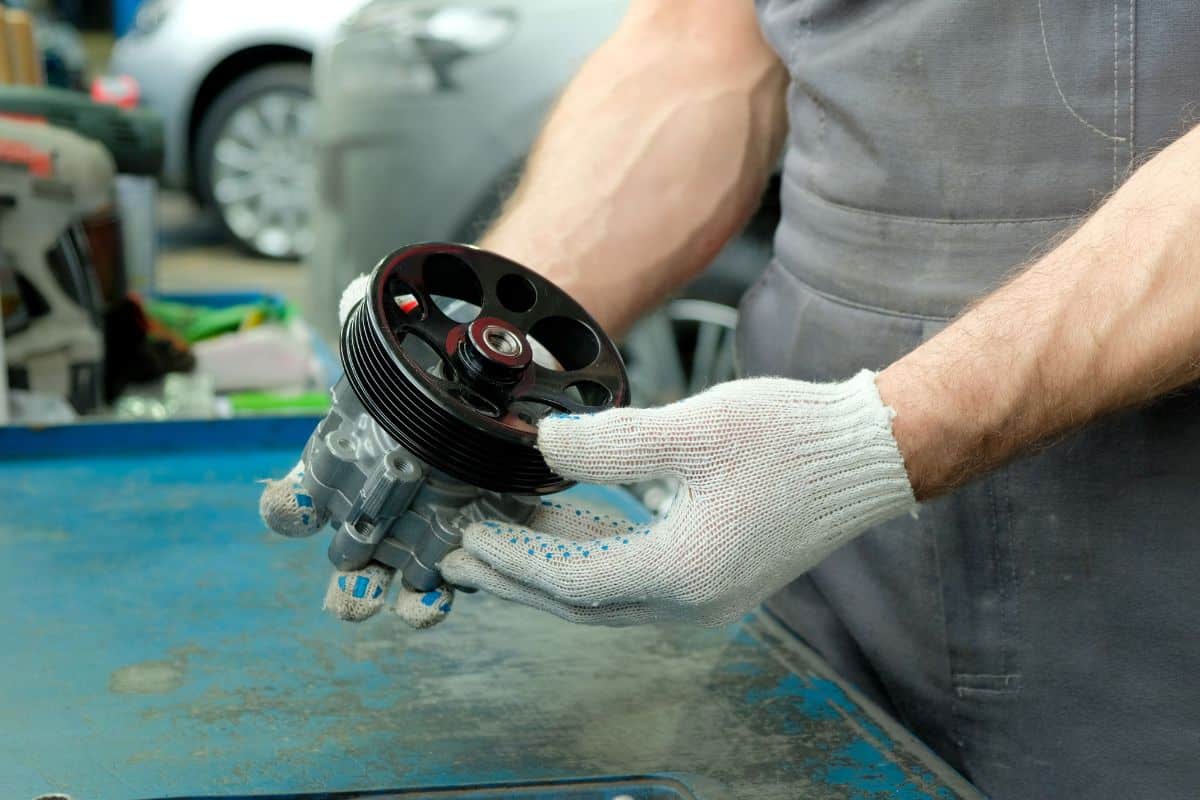
Not all damage to a steering pump is major. A leaking power steering pump sometimes means the internal rubber seals or o-rings have gone bad. Your auto shop or local garage might have what is called a "repair kit" in stock that has replacement seals and o-rings.
Knowing that most shops charge by the hour (Becker Service Center above as an example), if they say they can rebuild it in an hour, that's actually a good deal. The total might only be $168.
Ultimately, the decision to rebuild or replace will depend on how badly damaged the power steering pump is, so listen to the advice of your mechanic. This site promises to advise first if you should rebuild or replace.
In Summary
When replacing a power steering pump, be mindful that the process could take one to four hours. The accessibility of the pump will have an impact on the time needed.
If you bring in an exotic car or a car with a cramped engine bay, it will take even an experienced mechanic time to figure out where everything connects.
Check out these posts if you want to learn more about your car's steering system:
Can You Mix Power Steering Fluid?
Do Bigger Tires Affect Steering Or Handling Of Your Vehicle?
